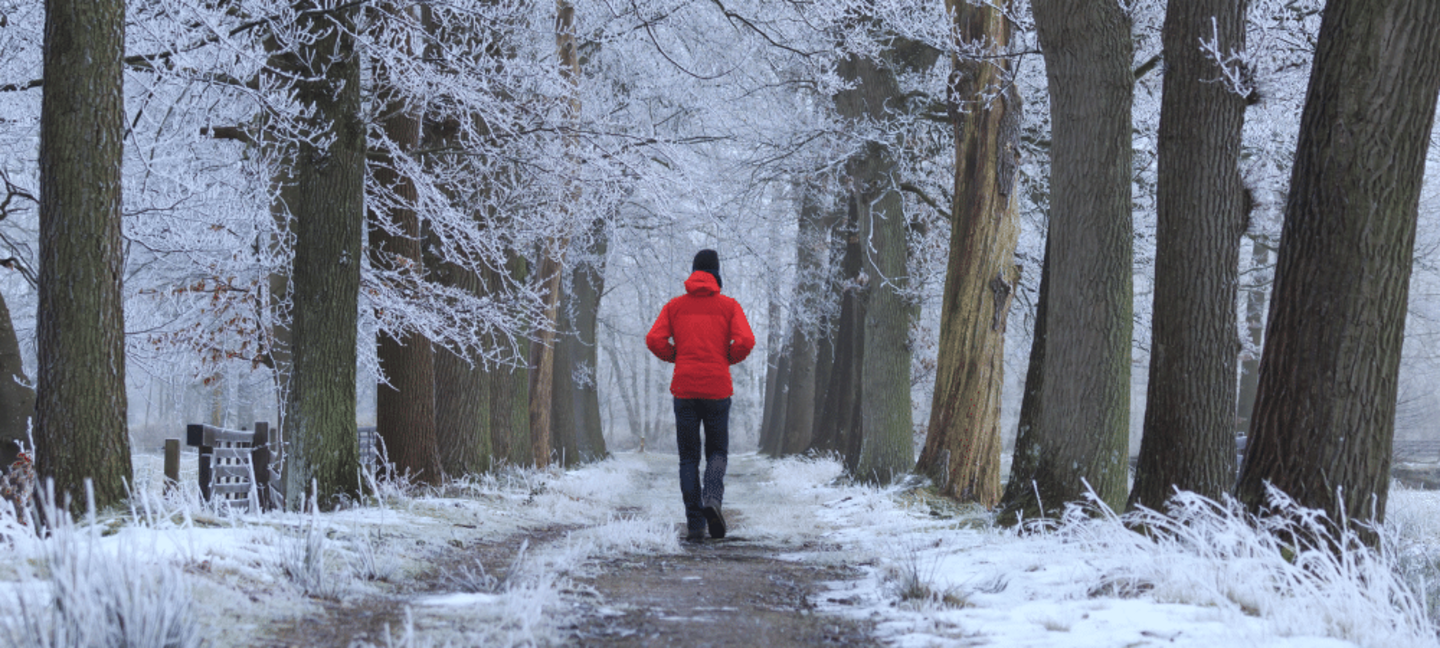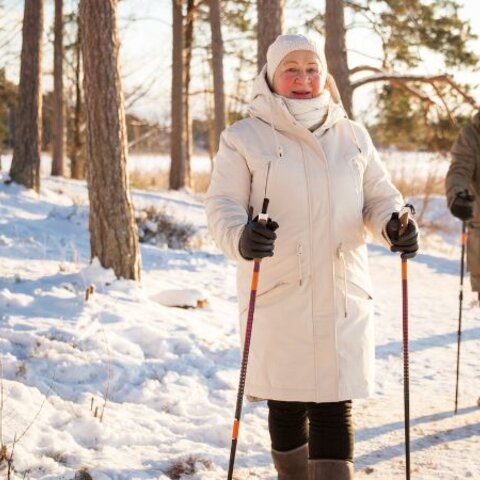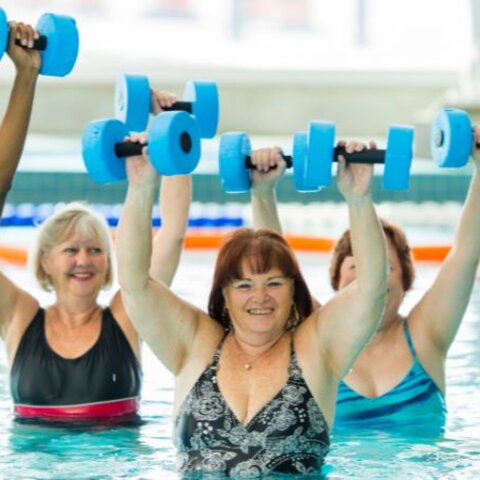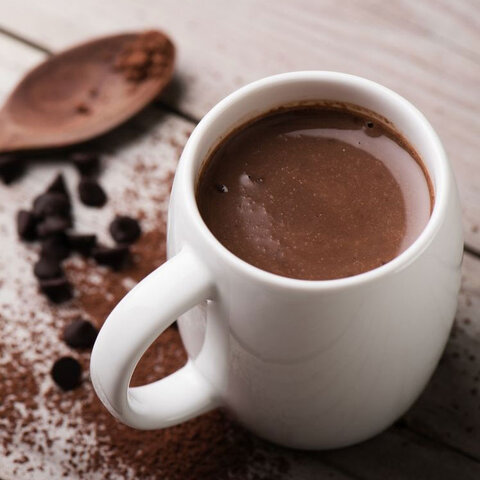
Being physically active is important year-round, but the cold, winter months can present challenges when it comes to staying active. The Physical Activity Guidelines for Americans recommends at least 150 minutes of moderate physical activity per week for adults and at least 60 minutes per day for children and adolescents.
Regular physical activity is one of the most important things a person can do to improve their health. However, only 20% of adults in the U.S. achieve the weekly guideline of 150 minutes of aerobic activity and two sessions of muscle-strengthening activity, according to the U.S. Department of Health and Human Services.
Make it a goal to move more and sit less. A healthy physical activity routine should consist of a variety of activities including aerobic exercise, strength training, flexibility and balance. Remember that some activity is better than none.
Benefits of Physical Activity
The benefits of regular physical activity go well beyond weight management and weight loss. Physical activity can reduce your risk of several chronic diseases including heart disease, type 2 diabetes and eight types of cancer. Being physically active can help lower your blood pressure and increase your HDL ("good") cholesterol.
Activity also improves your quality of sleep, improves your cognition, boosts your immune system and improves your overall quality of life. Regular physical activity can also improve your mental health and well-being. Individuals who are physically active are less likely to suffer from anxiety and depression and have improved self-image and confidence.
Health benefits of physical activity start immediately after exercising and everyone gains benefits, even people living with a chronic condition or a disability. Always consult your physician or healthcare provider before beginning a new exercise routine.
Winter Activities
If you are willing to brave the cold weather, walking is still a great activity to continue into the winter months. Be sure to dress appropriately and wear layers of clothing if you choose to be active outdoors. Start with a moisture-wicking fabric, then add a fleece layer with a water- and wind-proof layer over the top. Wear a hat and gloves for extra protection on cold days.
Other outdoor activities may include shoveling snow, ice skating or hiking. Sledding, building a snowman or snow fort, and snowball fights are all great ways to be active with your family outdoors on snowy days.
If you are not a fan of the cold weather, there are plenty of options to stay active indoors. Create a space in your home for exercise. You may choose to purchase equipment such as dumbbells and resistance bands, or opt for activities that require no equipment at all such as body weight squats, push-ups, crunches or jumping jacks. Try our easy, at-home workouts with minimal equipment.
Several fitness professionals and fitness centers now offer free online at-home workouts. Use a video-sharing and/or social media platforms to find a workout routine that suits your current fitness level. Try different types of exercise such as yoga, dance, pilates or high-intensity interval training (HIIT) to keep your workouts interesting and avoid burnout or boredom.
Other great activities for indoor physical activity include regular household chores like vacuuming and sweeping, or simply turning up the music and dancing to your favorite songs.
When being active, choose activities you enjoy to help you keep physical activity as part of your daily routine all year long.
Sources:
Be Physically Active, American Institute for Cancer Research
Fitness, American Heart Association
Physical Activity, U.S. Department of Health and Human Services






